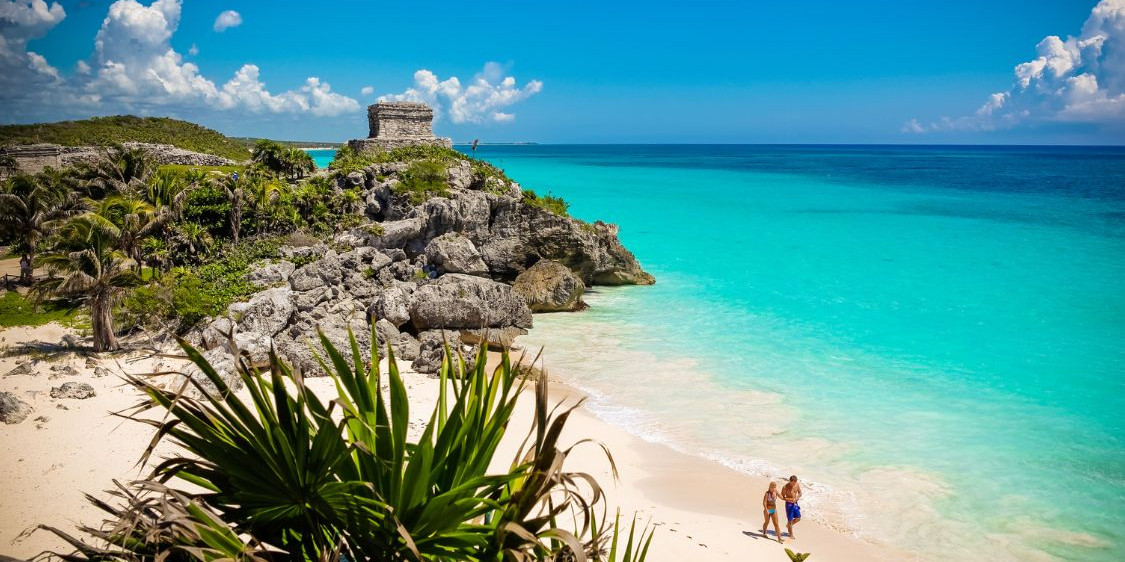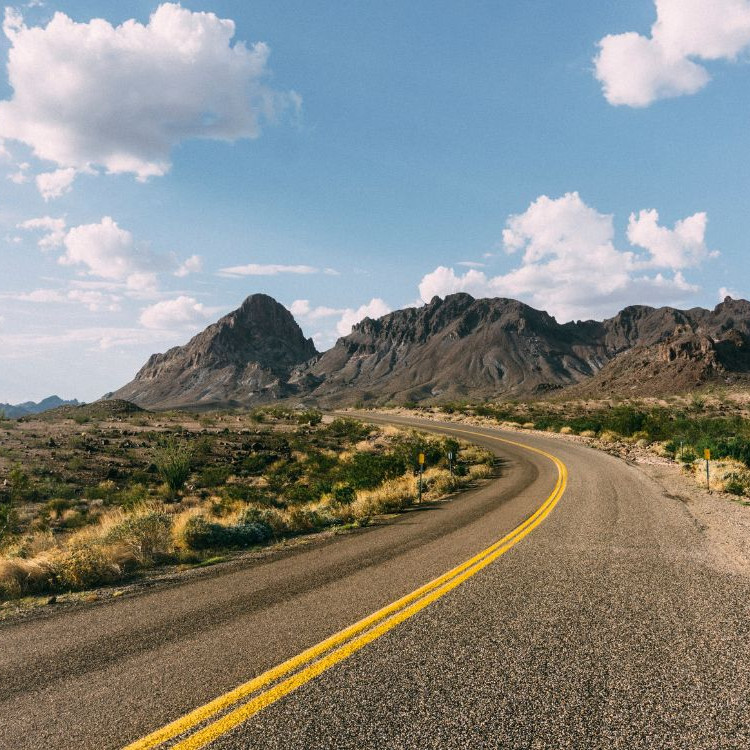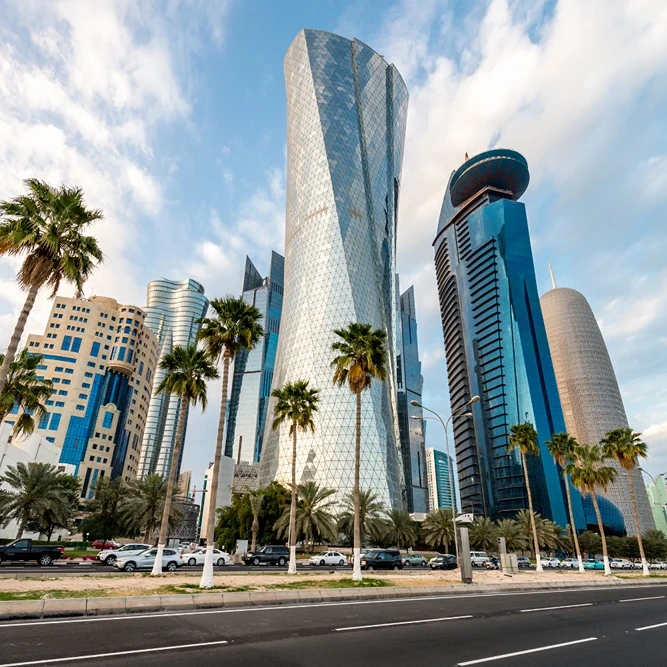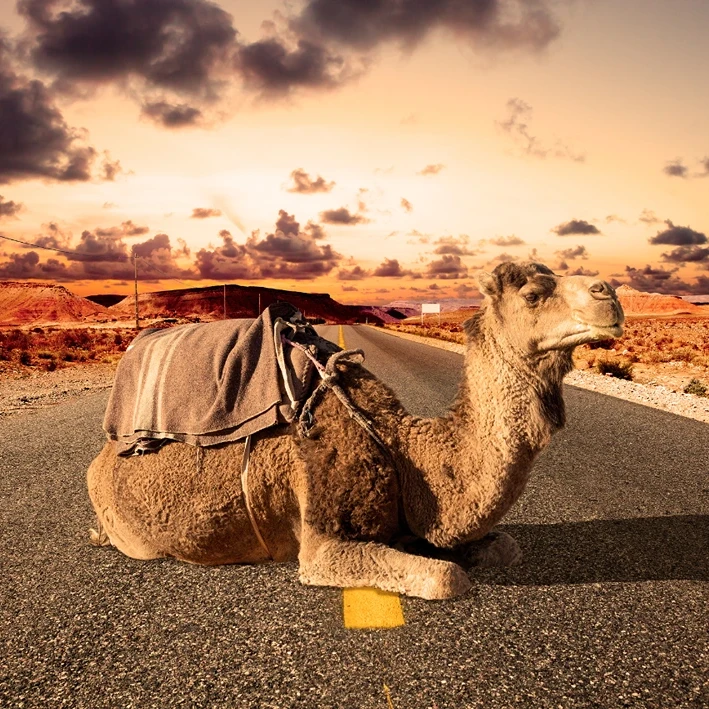Looking for an adventure that blends stunning landscapes with rich cultural experiences? Mexico’s road trips offer just that. From the breathtaking panoramas of the Pacific Coast Highway to the historical intrigue of quaint towns like Guanajuato, the options are as thrilling as they are diverse. Discover routes that take you from serene beaches in the Yucatán Peninsula to the dramatic deserts of Baja California. These road trips are not just journeys but a gateway to Mexico’s vibrant spirit, perfect for any traveler seeking to savor every scenic mile.
Table of Contents
ToggleTop Scenic Routes and Drives in Mexico
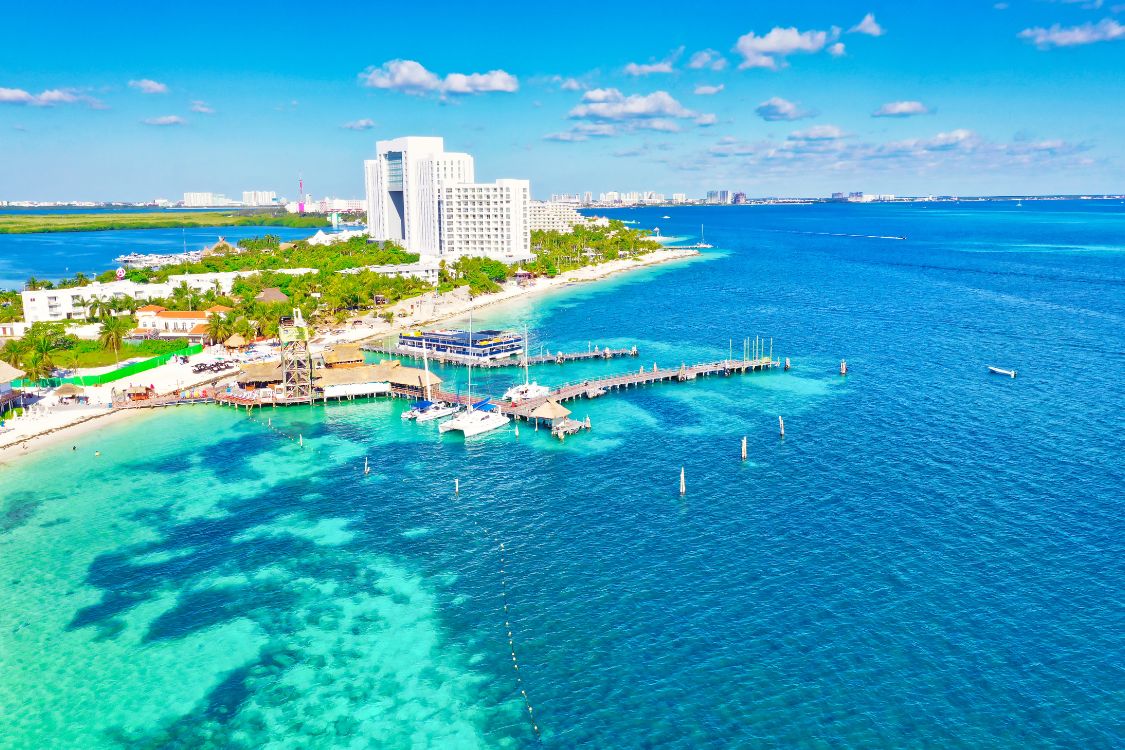
The Pacific Coast Highway in Mexico is renowned for its breathtaking views, winding along the coast with the ocean on one side and lush greenery on the other. This drive is a perfect blend of natural beauty and tranquility, offering travelers a chance to witness the stunning landscapes that Mexico’s coastline has to offer. The route’s strategic positioning allows for numerous stops along the way, each presenting a new vista or a secluded beach.
Another noteworthy drive is the route around Mazatlán, which is famous for its charming historical center and the opportunity to hike to the lighthouse that provides panoramic views of the city. This coastal city merges cultural experiences with nature, making it a delightful stop on any road trip. The drive itself is characterized by picturesque settings and historical significance, drawing visitors who appreciate both history and scenery.
- Spectacular ocean views along the Pacific Coast Highway
- Historical charm in Mazatlán’s center
- Panoramic lighthouse hikes in Mazatlán
- Diverse landscapes from lush forests to serene beaches
- Numerous seaside stops for relaxation and exploration
These scenic routes not only showcase the natural allure of Mexico but also offer a glimpse into its rich cultural tapestry. Whether it’s the dramatic cliffs of the Pacific Coast Highway or the vibrant streets of Mazatlán, each drive is an invitation to explore and appreciate the country’s diverse offerings.
Exploring the Yucatán Peninsula by Car
The Yucatán Peninsula presents a unique blend of beach relaxation and cultural exploration, making it an ideal destination for road trips. Known for its stunning beaches and rich history, the peninsula is a haven for those seeking both tranquility and adventure. Whether cruising along the Riviera Maya or venturing into the heart of the peninsula, travelers will find a wealth of experiences to enjoy.
Beach Destinations
Mahahual, Tulum, Playa del Carmen, and Isla Holbox are among the most notable beach destinations in the Yucatán Peninsula. Mahahual is renowned for its laid-back atmosphere and pristine shores, offering a serene escape from the bustling tourist spots. Tulum, with its dramatic cliffside views, combines natural beauty with historical intrigue, as ancient Mayan ruins overlook the turquoise waters. Playa del Carmen provides a vibrant beach scene with its lively nightlife and diverse dining options. Isla Holbox, an off-the-beaten-path gem, captivates visitors with its car-free streets and bioluminescent waters, presenting a unique and peaceful retreat.
Cultural Sites
The Yucatán Peninsula is steeped in history, featuring numerous cultural attractions such as Mayan ruins and cenotes. Sites like Chichén Itzá and Uxmal offer a glimpse into the ancient Mayan civilization, with their impressive pyramids and architectural marvels. Cenotes, the natural sinkholes scattered across the region, provide opportunities for swimming, snorkeling, and diving in crystal-clear waters. These geological formations hold historical significance and spiritual importance, adding depth to any cultural exploration in the Yucatán.
Baja California Road Trips: From Deserts to Beaches
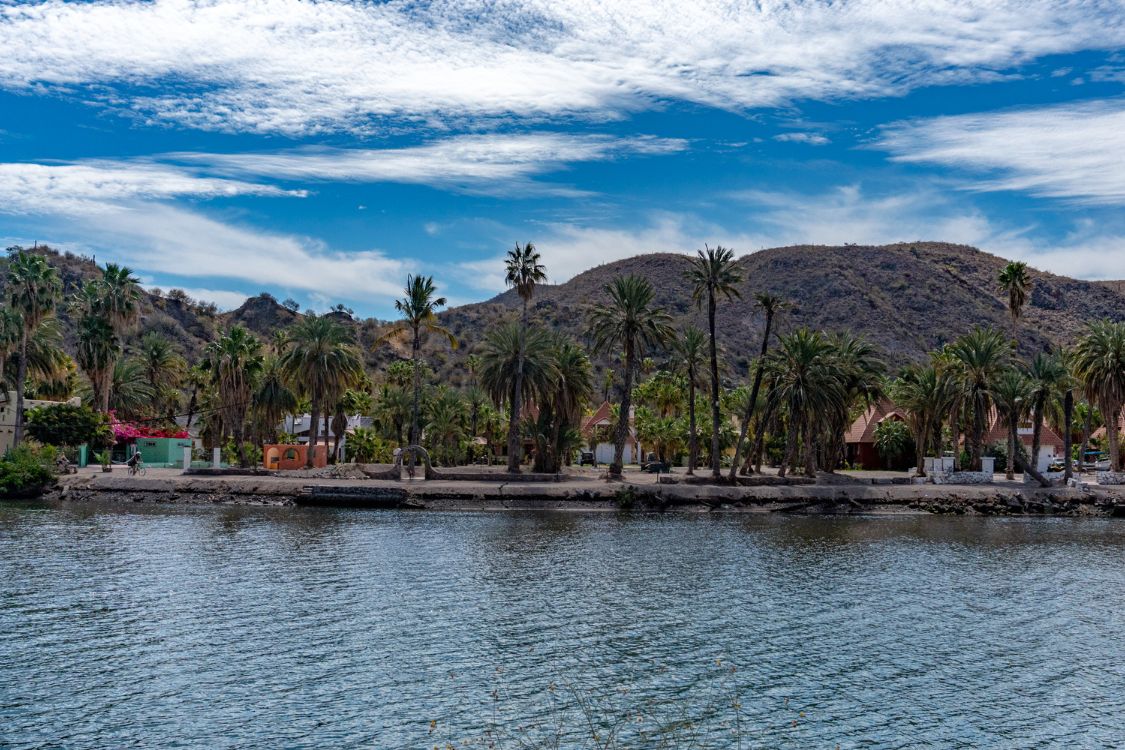
Baja California is a region of contrasts, offering road trip enthusiasts a journey through dramatic desert landscapes that gradually transform into stunning coastal views. Starting from the arid stretches of the Sonoran Desert, travelers can witness the stark beauty of cacti-studded terrains and rugged mountains. As the road trip progresses, the scenery begins to shift, revealing the sparkling waters of the Pacific Ocean and the Sea of Cortez. This transition from desert to beach provides an unforgettable backdrop for adventurers seeking both solitude and scenic beauty.
The coastal towns of Baja California, such as Ensenada and La Paz, are key highlights of any road trip through this peninsula. Ensenada, known for its vibrant waterfront and bustling fish market, offers a taste of local culture and cuisine. Meanwhile, the tranquil town of La Paz invites visitors to relax on its serene beaches or explore the marine life in its pristine waters. Both towns serve as perfect pit stops for travelers looking to immerse themselves in the local lifestyle while enjoying the breathtaking coastal scenery.
For those interested in the unique desert drives Baja California has to offer, the route through Valle de los Cirios is a must. This area, characterized by its towering cardón cacti and diverse desert flora, provides a surreal driving experience. The desert’s vastness and tranquility are punctuated by occasional sightings of wildlife, making it an ideal route for nature enthusiasts. This blend of desert exploration and coastal relaxation makes Baja California a truly diverse and rewarding road trip destination.
| Location | Highlight |
|---|---|
| Ensenada | Vibrant waterfront and local cuisine |
| La Paz | Serene beaches and marine exploration |
| Valle de los Cirios | Towering cardón cacti and desert flora |
Discovering the Colonial Towns of Mexico
Road trips through Mexico’s colonial towns offer a captivating journey into the nation’s rich history and architectural beauty. Guanajuato, with its colorful streets and underground tunnels, is a city that exudes charm and historical intrigue. The city’s architecture reflects the wealth from its silver mining past, providing a picturesque backdrop for visitors exploring its winding alleyways. San Miguel de Allende, another colonial gem, is renowned for its well-preserved architecture and vibrant arts scene. Its cobblestone streets and stunning churches, like Parroquia de San Miguel Arcángel, invite travelers to step back in time and experience Mexico’s colonial era.
Pueblos Mágicos, or “Magical Towns,” are towns recognized by the Mexican government for their cultural, historical, and aesthetic value. These towns, such as Tepoztlán and Valle de Bravo, possess a unique charm that sets them apart as significant cultural destinations. Tepoztlán is celebrated for its mystical aura, with the Tepozteco Pyramid offering a glimpse into ancient traditions. Valle de Bravo, located by a scenic lake, is a haven for nature lovers and offers a blend of outdoor activities and colonial history. The designation of Pueblos Mágicos aims to preserve these places’ cultural heritage while promoting tourism and local economic development.
The exploration of colonial towns in Mexico provides travelers with an opportunity to immerse themselves in the country’s storied past. Each town offers distinct experiences, from the vibrant street life of Puebla to the serene atmosphere of Taxco, known for its silver craftsmanship. These road trips not only highlight the historical significance of these towns but also showcase the diverse cultural tapestry of Mexico.
- Guanajuato: Known for colorful streets and historical tunnels.
- San Miguel de Allende: Offers preserved colonial architecture and a vibrant arts scene.
- Puebla: Features a mix of colonial charm and vibrant street life.
- Tepoztlán: Recognized for its mystical aura and the Tepozteco Pyramid.
- Valle de Bravo: A lakeside retreat with outdoor activities and colonial history.
- Taxco: Famous for its silver craftsmanship and picturesque hillside setting.
Cultural and Historical Road Trips in Chiapas
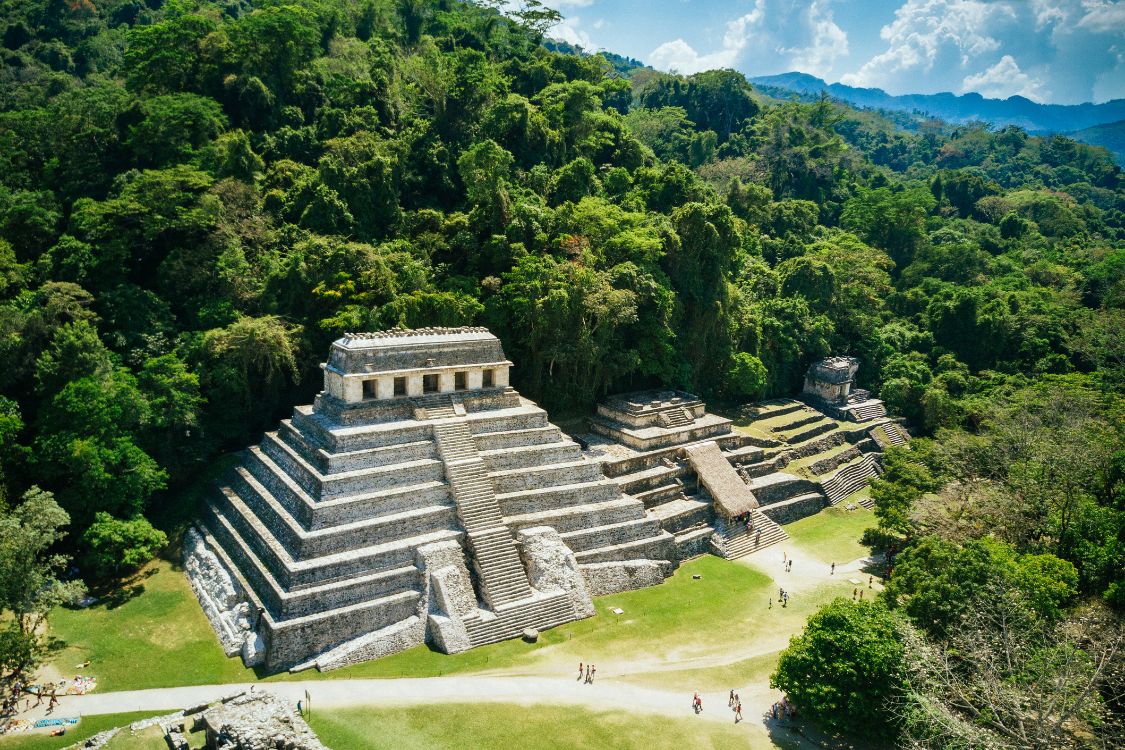
Chiapas offers a tapestry of cultural richness and historical depth, making it a prime destination for those interested in exploring the diverse facets of Mexico’s past. The region is renowned for its blend of indigenous culture and colonial architecture, which is vividly evident in locations like San Cristóbal de las Casas. This town, with its colorful streets and vibrant markets, serves as a cultural hub where visitors can immerse themselves in the traditions and artistry of the local indigenous communities. The influence of colonial architecture is seen in the town’s churches and historical buildings, providing a picturesque setting for cultural exploration.
Key destinations such as Palenque are central to Chiapas travel routes, offering a fascinating glimpse into the ancient Mayan civilization. The archaeological site of Palenque is a treasure trove of historical landmarks, with its well-preserved temples and pyramids nestled in the jungle. This site exemplifies the historical significance of Chiapas, drawing visitors who are eager to delve into the mysteries of the past. The combination of lush landscapes and ancient ruins creates an unparalleled backdrop for cultural road trips, where each journey through the region reveals layers of history and tradition.
- San Cristóbal de las Casas: Known for its colonial architecture and vibrant indigenous culture.
- Palenque: Features ancient Mayan ruins set amidst the jungle.
- Sumidero Canyon: Offers stunning natural beauty and historical significance.
- Comitán: A Pueblo Mágico with a rich colonial history and charming plazas.
Essential Tips and Planning for a Mexican Road Trip
Proper planning is crucial for a successful road trip in Mexico, where diverse landscapes and road conditions present a unique set of challenges. Safety should be a top priority, with travelers advised to avoid driving at night due to reduced visibility and increased risk of encountering unexpected obstacles. When issues arise, such as being stopped by law enforcement, it’s recommended to address them at a police station to ensure a legitimate resolution. This approach minimizes the risk of misunderstandings and ensures a safer travel experience.
Navigating Mexican roads requires both preparation and adaptability, as conditions can vary greatly. Major highways are generally in good shape, but rural roads may present challenges such as potholes and livestock crossings. Travelers should familiarize themselves with local traffic rules and signals, which may differ from those in other countries. It’s also beneficial to carry a physical map as a backup to GPS, which may not always be reliable in remote areas. Being prepared for varying road conditions and having a flexible itinerary can enhance the overall travel experience, allowing for unexpected detours and discoveries.
Renting a Car in Mexico
Renting a car in Mexico offers the freedom to explore off-the-beaten-path destinations but requires careful consideration. It’s essential to choose a reputable rental company that provides comprehensive insurance options, including liability and collision coverage. This ensures protection against unforeseen incidents, offering peace of mind during the journey. Selecting the right vehicle is equally important; a sturdy car with good suspension is recommended for handling diverse terrains comfortably. Understanding rental agreements and familiarizing oneself with local driving customs can further enhance the rental experience.
- Plan routes in advance and research road conditions.
- Avoid driving at night to enhance safety.
- Use reputable car rental services with comprehensive insurance.
- Carry a physical map as a backup for GPS.
- Resolve legal issues at police stations, not on the road.
Embracing Local Culture and Cuisine on Your Road Trip
Experiencing Mexico’s diverse culinary landscape is a journey in itself, offering a rich tapestry of regional flavors that vary significantly from one area to another. In Oaxaca, travelers can indulge in the complex and savory taste of mole, a sauce that combines a multitude of ingredients including chocolate, chilies, and spices. The Yucatán Peninsula introduces the unique flavors of cochinita pibil, a slow-roasted pork dish marinated in citrus juice and achiote. Moving to the north, the state of Sonora is renowned for its grilled meats, particularly carne asada, which reflects the region’s ranching traditions. Each region’s cuisine is shaped by a combination of indigenous ingredients and colonial influences, providing a flavorful insight into Mexico’s historical culinary evolution.
Cuisine in Mexico is not just about taste; it serves as a gateway to understanding local culture and traditions. In Puebla, the preparation of chiles en nogada, a dish featuring stuffed peppers in a walnut sauce, is steeped in historical significance and is traditionally served during national holidays. Similarly, the fishing communities along the Pacific Coast offer fresh ceviche and seafood dishes that embody the coastal lifestyle and are best enjoyed with a view of the ocean. These culinary experiences are deeply intertwined with local customs and celebrations, offering travelers an authentic taste of Mexican life and its vibrant cultural heritage.
- Oaxaca: Try mole, a rich and complex sauce.
- Yucatán Peninsula: Cochinita pibil, a citrus-marinated pork dish.
- Sonora: Known for carne asada, a staple of grilled meats.
- Puebla: Famous for chiles en nogada during national holidays.
- Pacific Coast: Fresh ceviche and seafood by the ocean.
- Veracruz: Sample huachinango a la veracruzana, a red snapper dish with a tomato sauce.
Final Words
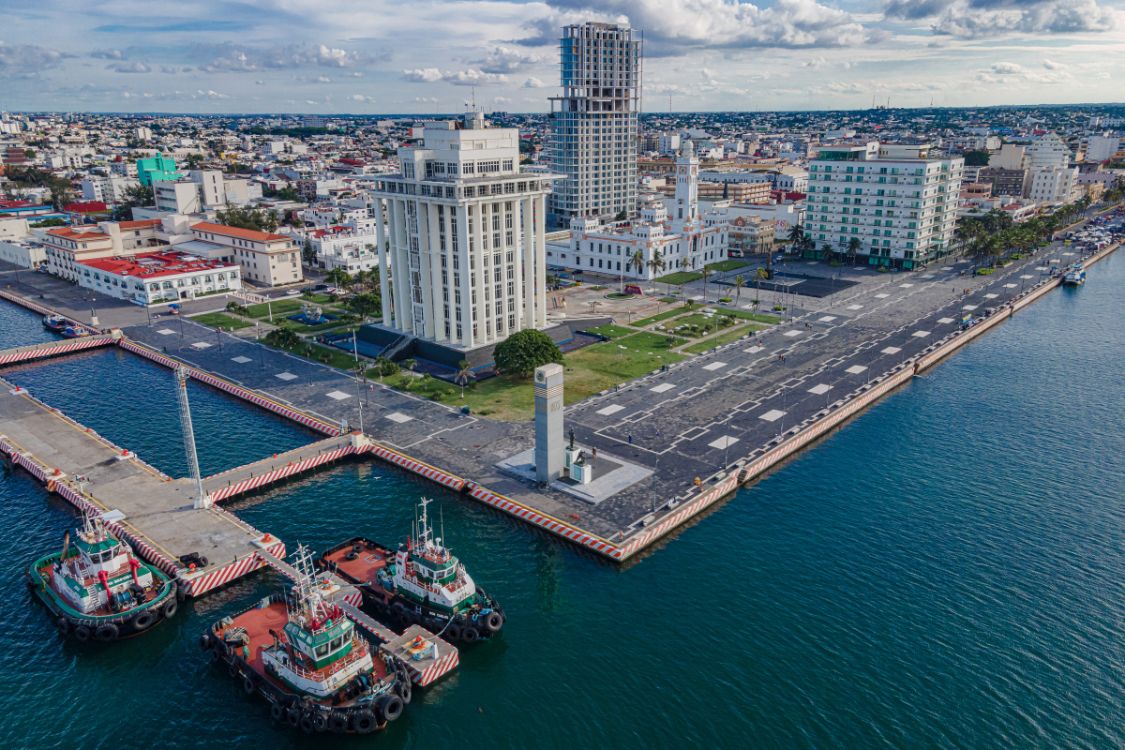
Embarking on the best road trips in Mexico promises an adventure filled with stunning landscapes and cultural richness. The Pacific Coast Highway offers breathtaking views, while the Yucatán Peninsula combines beach relaxation with cultural exploration. Baja California presents a dramatic transition from deserts to beaches, with vibrant coastal towns to explore.
Travelers can immerse themselves in history by visiting colonial towns and experiencing the rich culture of Chiapas. Proper planning and safety measures ensure a successful journey. Embrace local cuisine and tradition for a truly memorable road trip experience in Mexico.
FAQ
What is the safest road trip in Mexico?
The safest road trip in Mexico involves planning your route, avoiding driving at night, and sticking to toll roads. Consider traveling through well-traveled areas like the Yucatán Peninsula and Baja California.
Where is the best place to drive into Mexico?
Driving into Mexico via the Nuevo Laredo crossing or the Tijuana-San Ysidro border is recommended due to infrastructure and accessibility to major highways.
What is the best month to visit Mexico?
Visiting Mexico in November or December is ideal for pleasant weather and fewer crowds, especially for road trips and exploring scenic routes.
Can I drive my car in Mexico as a tourist?
Tourists can drive their cars in Mexico using a valid driver’s license, but should obtain Mexican car insurance and possibly a temporary vehicle import permit.
Hazel Wall is a passionate traveler, writer, and explorer dedicated to sharing her experiences and insights with fellow adventurers. With a background in journalism and a deep love for discovering new cultures, Hazel has journeyed across continents, immersing herself in diverse landscapes and traditions.


